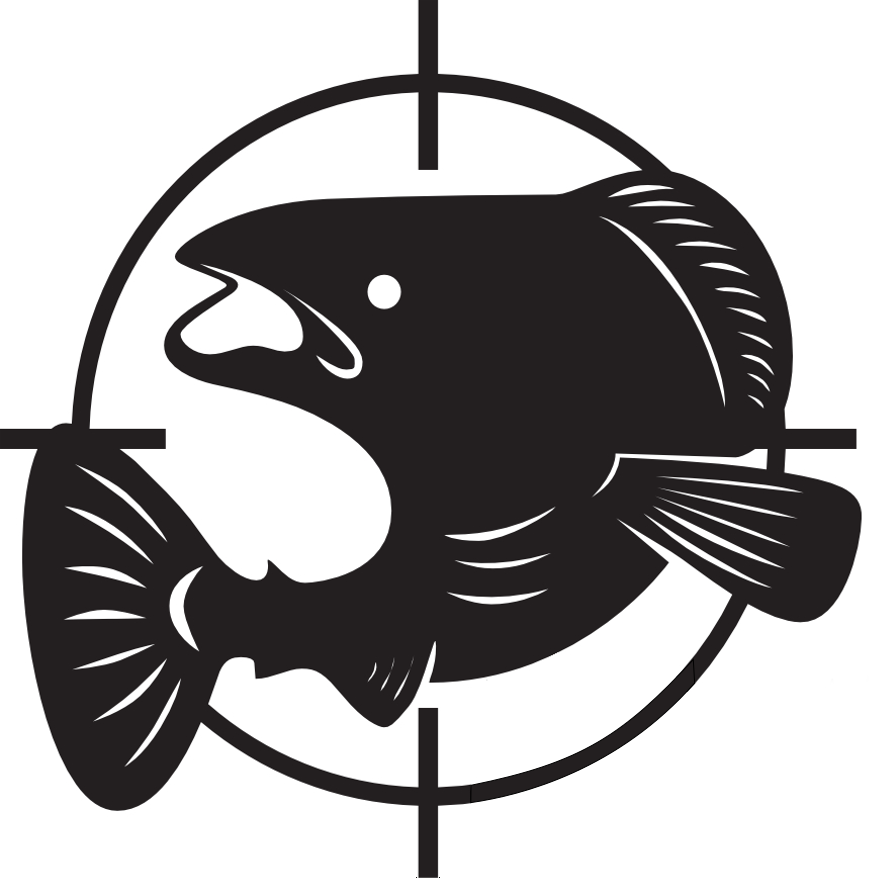A great subject indeed! I have explored this one with probably too much detail. But a fishing buddy popped his tube last year and so I delved into 'Float Tube Pressure' research. My findings;
Due to different sizes and numbers of bladders I will just use an average pressure of 2.5 psi to illustrate my point.
Air pressure will change by 2% for every 10deg Fahrenheit. This equates to .05psi. It doesn't seem like much, but it actually is when your only working with 2.5psi.
In order to work with this you would need a low pressure gauge, one that reads 1-5 psi with increments of 8-10. This is important as you can't measure it if you can't gauge it.
Keep in mind there are going to be various temps to consider. Ambient, direct sunlight and cool down from the water.
Example: I inflate my tube to 2.5 psi in the Man Cave with an ambient temp of 70deg. When I move it outside to the back of the truck, the outside ambient temp is 90 deg. This will now increase the tube pressure to 2.6 psi. It's also direct sunlight so add another 2% and the increase in psi is up to 2.65 psi.
This may not seem like much but it is 6% of the rated pressure! It is only a slight fluctuation on the gauge but it can be measured. Other factors that come into play are the compression from your weight trying to push the tube under water and the temp of the water! However, these factors are considered in the design and should be negligible when used at the recommended pressure.
To measure or monitor this you will need a low pressure gauge which will run about $40 bucks. The various hoses and fittings you need depending on your valve and adapters can run you about another $20 bucks.
My advice: Pavo21 has got it right. The squishy test may not seem very accurate or scientific but it's what I use as well. I think just knowing that the temp, and some other variables to a lesser degree, will change your tube pressure is what is important.

 Home
Home


























